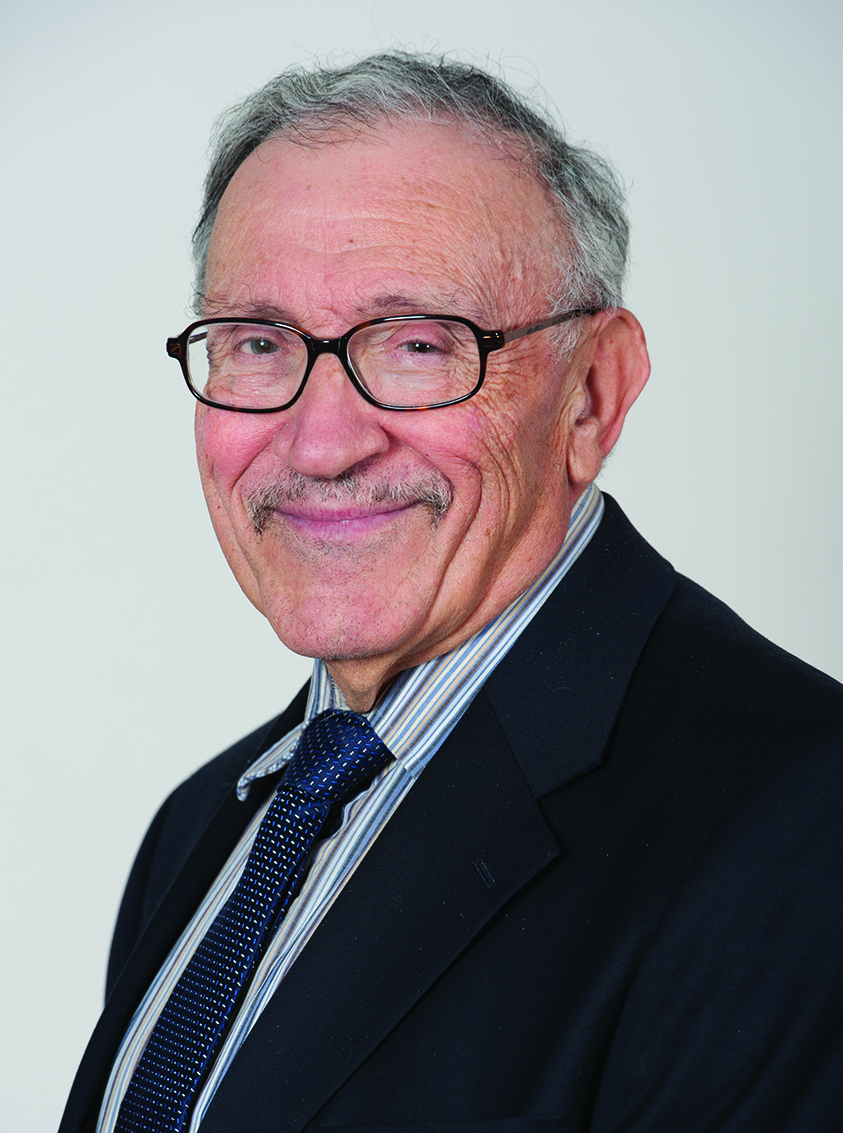Theo Kattamis Retires after being with UConn’s MSE for Over 50 Years
By Kyra Arena, Written Communications Assistant
Theo Kattamis has played a vital role in the development of the MSE Department at UConn. He has witnessed the creation of an undergraduate program, expansion of the department and new research findings. He remained loyal to UConn because he “liked the University’s environment which was very friendly and helpful, and the job which offered the possibility of growth.” And now after 50 years of employment, Kattamis has retired. He will extend his extraordinary contributions and service to UConn’s MSE Department as an active emeritus professor.
When Professor Kattamis first came to UConn in 1969, he joined the Metallurgy Department which offered only a graduate program. “Since the Department was located from the early seventies in the Institute of Materials Science Building, its name evolved to the Department of Metallurgy and Materials,” says Kattamis. “Many years later we added an Undergraduate program, and shortly thereafter, following a world-wide trend, we became the Department of Materials Science and Engineering.”
Over the years, Kattamis taught three graduate courses: Solidification of Metals, Welding Engineering and Powder Metallurgy Processing. He also taught two non-engineering electives for undergraduates: History of Materials and Technology and History of Engineering Until the Dawn of the 20th Century. More recently, he taught important core courses for the department related to processing and has taught literally thousands of UConn engineers through the Introduction to MSE course.
Kattamis first obtained his bachelors in mining engineering from the Université de Liège, Belgium. During his fifth year he was appointed as an assistant lecturer and decided to obtain a second degree in geological engineering. But, “after practicing as a geological engineer in what is now the Democratic Republic of the Congo, I changed my mind as I was walking through the jungle full of snakes. Instead, I finished my studies with an extra year focused on extractive metallurgical engineering” he says. After that he attended Massachusetts Institute of Technology (MIT), where he obtained his MS in metallurgy with a research focus on the dendritic structure in low alloy steels and the way the alloying elements are distributed within the solid (“micro-segregation”). 18 months later he received his ScD focused on the microstructure and mechanical properties of solids formed from highly undercooled (up to 300oC) melts.
In the field, Kattamis’ expertise is solidification of metals and ceramics, materials joining and materials processing in the liquid and vapor state. Out of his 128 published research papers, his two favorites are “Influence of Coarsening on Dendrite Arm Spacing of Aluminum-Copper Alloys” and “Influence of Coarsening on Dendrite Arm Spacing and Grain Size of Magnesium-Zinc Alloy” because of their focus on coarsening. “For a long time, my peers did not believe in coarsening. But, interface instability of the growing crystal leads to the formation of arms and an increase in the specific solid-liquid interface area and there comes coarsening which pushes back the dendrite arms trying to reduce that interface area,” says Kattamis. “I had to do more work to convince them that I was right.”
At MIT Kattamis fell in love with an academic career. “I stayed at MIT as a research associate for three years and felt very much attracted by an academic career,” he states. “My desire to join an academic institution and contribute to the education of future generations encouraged me to start exploring available academic openings.”
Kattamis’ professor and mentor at MIT, Merton. C. Flemmings is the reason why Kattamis teaches at UConn. “Professor A. J. McEvily, at that time Head of the UConn Metallurgy Department, established at UConn in the Fall 1968, called Professor Flemings looking to hire a young professor specializing in the area of solidification,” Kattamis says. “I was interviewed, offered and accepted the job as an assistant professor, starting in January 1969.”
When he first came to UConn, Kattamis was in shock. “There was only a restaurant/coffee shop (Kathy John’s), a drugstore, a pizzeria and a cinema!” he exclaims. Since then, Kattamis claims that the University has physically and academically grown tremendously. But the University is still growing! “The MSE Department is rapidly growing, and this Fall will have a new building (Science 1),” says Kattamis. “[The major] has several concentrations, such as classical Metallurgy, Biomaterials, Nanomaterials, Energy Materials and Electronic Materials. MSE graduates find well-paying jobs and will join a group of very successful alumni”.
He was promoted to associate professor in 1971, awarded tenure in 1973 and became a full professor in 1975. Recently, Kattamis was awarded the honorary title of emeritus professor, making 2021-2022 his last year as a full-time faculty member. But, as current MSE Department Head Bryan Huey notes, “fortunately for our students, Theo is remaining active as an emeritus faculty member, and so continuing to share his wisdom and excitement for the field.”
Kattamis has been an essential asset to the creation and development of UConn’s MSE Department; the program would not be what it is today without his years of expertise. His knowledge, teaching, humor, and insight have been indispensable. The Department of Materials Science and Engineering thanks Professor Kattamis for his dedication and loyalty and congratulates him on his retirement.
Published: November 4, 2022
Categories: emeriti, faculty, metallurgy, news
Available Archives
